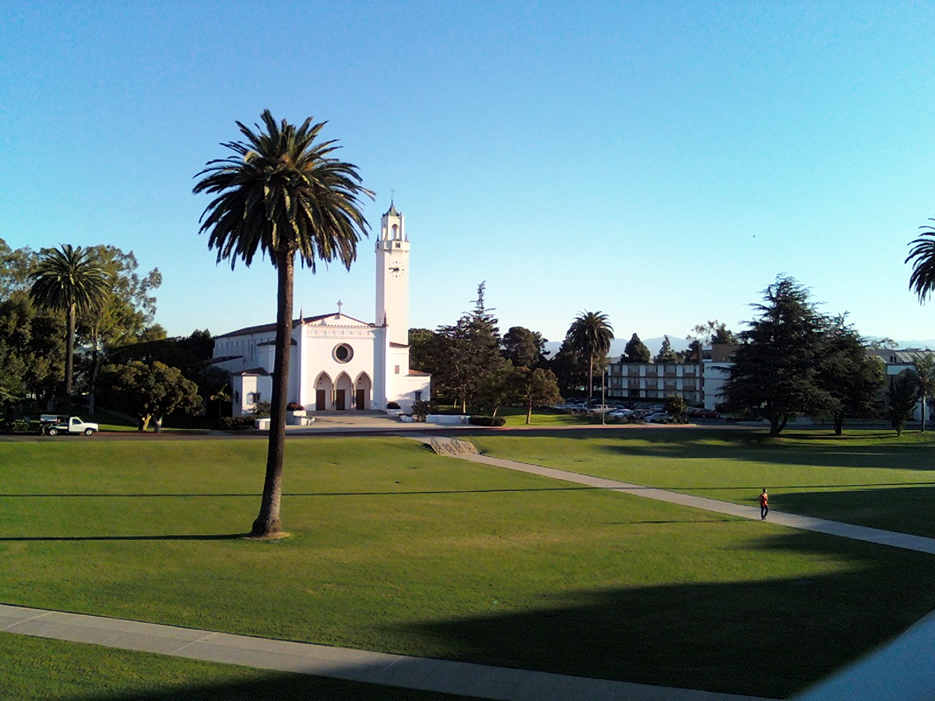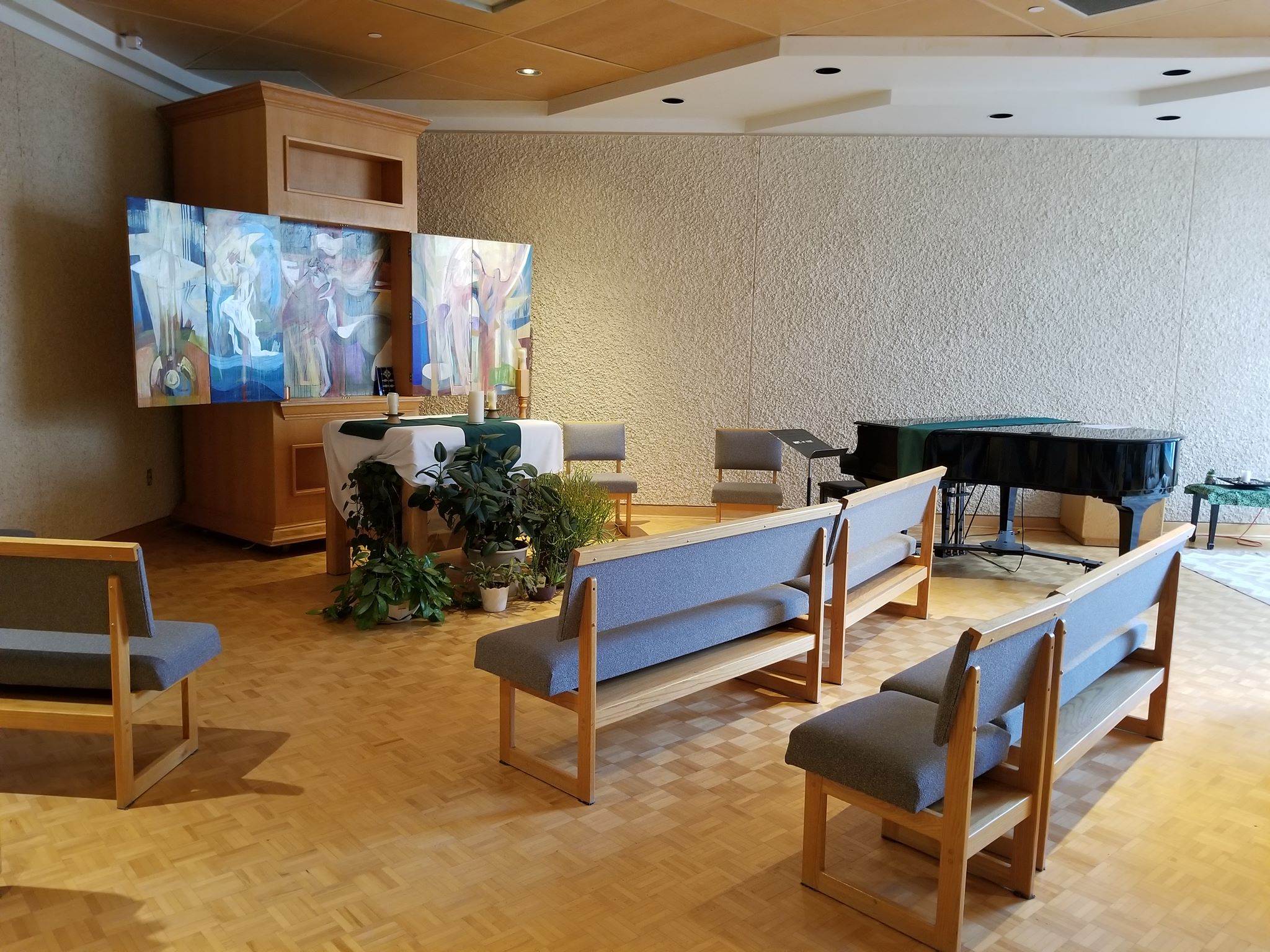
“We need the sense of the sacred, and the sense that things transcend our grasp.
We need to know that we are dependent on others,
and that the condition of our existence is the existence of others.”
The founding of many education communities is inspired by faith communities. In many of them the place of worship was the very first building. College and university chapels are central places of worship for students, staff and faculty, and provide a space for solitude and reflection. A place for feeling at home in the world.
International Building Code | Section 303.4 Assembly Group A-3
There are several hundred technical standards, or parts of standards, that govern how churches and chapels are made safe and sustainable. Owing to innovations in construction, operation and management methods, those standards move, ever so slightly, on a near-daily basis. They are highly interdependent; confounded by county-level adaptations; and impossible to harmonize by adoption cycle. That movement tracked here as best we can within the limit of our resources and priorities. That’s why it’s best to simply click into our daily colloquia if you have a question or need guidance.
Lights are on in the little Baptist parsonage tonight. pic.twitter.com/RK4W6kjug5
— NYFarmer (@NYFarmer) June 7, 2025
Today is the Feast of Corpus Christi.
The 13th century Eucharistic chant of Ave verum corpus was set to music by Mozart in 1791 to be sung especially to celebrate the feast day.
Here I sing it in the historic chapel of Launde Abbey. #History pic.twitter.com/frkUFkPHVj
— Katie Marshall (@KatieHistory) June 11, 2023
Maps of Meaning: The Architecture of Belief | Jordan Peterson, Douglas Murray, Sam Harris
The image criteria of our WordPress theme does not permit many images of college and university chapels to be shown fully-dimensioned on sliders or widget galleries. We reproduce a few of the outsized images here and leave the complexities of financing, designing, building and maintaining of them in a safe and sustainable manner for another day. CLICK HERE for the links to our Sacred Space Standards workspace.
Click on any image for author attribution, photo credit or other information*.
In the sun-dappled chapel, all 155 new families were welcomed to the start of their Denstone journey. #ItStartsHere pic.twitter.com/veefqSVBGG
— Head | Denstone College (@DenstoneHead) September 3, 2023
I believe in Christianity as I believe that the sun has risen:
not only because I see it, but because by it I see everything else.
— C.S. Lewis
The “Dark Ages” produced the most divine vessels of light ever built.
Sainte-Chapelle:pic.twitter.com/B2lPLtWEVx
— Culture Critic (@Culture_Crit) February 12, 2024
Sainte-Chapelle:pic.twitter.com/B2lPLtWEVx
— Culture Critic (@Culture_Crit) February 12, 2024

Loyola Marymount University / Los Angeles, California

Luther College at the University of Regina / Saskatchewan, Canada
![]()
![]()
![]()
![]()
Christ’s Chapel | Hillsdale College, Michigan![]()
![]()
![]()
![]()
![]()
![]()
![]()
![]()
![]()
![]()
![]()
![]()
![]()
![]()
![]()
![]()
![]()
![]()
![]()
![]()
![]()
St. Ignatius Church | University of San Francisco![]()
![]()
![]()
![]()
More coming.
*404 ERRORS and Page Not Found messages are common as webmasters move content.
More
CLICK HERE for bibliography
Anthropology of Religion: “The sacred and the profane are two modes of being in the world, two existential situations assumed by man in the course of his history.”
Sacred space: “For religious man, space is not homogeneous; he experiences interruptions, breaks in it; some parts of space are qualitatively different from others.”
The sacred as reality: “The sacred is equivalent to a power, and, in the last analysis, to reality. The sacred is saturated with being.”
Cosmic religion: “Religious man’s desire to live in the sacred is in fact equivalent to his desire to take up his abode in objective reality, not to let himself be paralyzed by the never-ceasing relativity of purely subjective experiences.”
Hierophany: “Every sacred space implies a hierophany, an irruption of the sacred that results in detaching a territory from the surrounding cosmic milieu and making it qualitatively different.”
Time and the sacred: “For religious man, time, like space, is neither homogeneous nor continuous. There are intervals of sacred time, and there are also intervals of profane time.”
The sacred in nature: “The cosmic liturgy, the mystery of nature’s participation in the drama of the divine, is a constant feature of the religious experience of archaic man.”
Symbolism of the center: “The religious experience of the nonhomogeneity of space is a primordial experience, homologizable to a founding of the world.”
Modern man and the sacred: “Modern nonreligious man assumes a new existential situation; he regards himself solely as the subject and agent of history, and he refuses all appeal to transcendence.”
The sacred in human life: “The sacred does not necessarily imply belief in God, in gods, or spirits, but refers to the experience of a reality and the source of a consciousness of existing in the world.”
Related:
History of Western Civilization Told Through the Acoustics of its Worship Spaces
This content is accessible to paid subscribers. To view it please enter your password below or send mike@standardsmichigan.com a request for subscription details.
Cooking on a Budget: Learn how to make a flavourful dish for less than £1.70
Food Standards Agency UK: Meat and slaughter
Welcome back to a new academic year! 🤗
We’re thrilled to see staff and students back on campus and ready for another exciting term. Who’s ready to get started? ✨ pic.twitter.com/cvf9TQhYU8
— University of Southampton (@unisouthampton) September 30, 2024
United States Food & Drug Administration | Distilled Spirits
— Dr. Maya C. Popa (@MayaCPopa) May 26, 2023
https://www.facebook.com/groups/1089237785165822/permalink/1515826392506957/
Wine consumption in the US is higher on the coasts. Source: https://t.co/iXiIdQ6kAW pic.twitter.com/eTw3KjaTxn
— Simon Kuestenmacher (@simongerman600) January 9, 2025
New update alert! The 2022 update to the Trademark Assignment Dataset is now available online. Find 1.29 million trademark assignments, involving 2.28 million unique trademark properties issued by the USPTO between March 1952 and January 2023: https://t.co/njrDAbSpwB pic.twitter.com/GkAXrHoQ9T
— USPTO (@uspto) July 13, 2023
Standards Michigan Group, LLC
2723 South State Street | Suite 150
Ann Arbor, MI 48104 USA
888-746-3670
